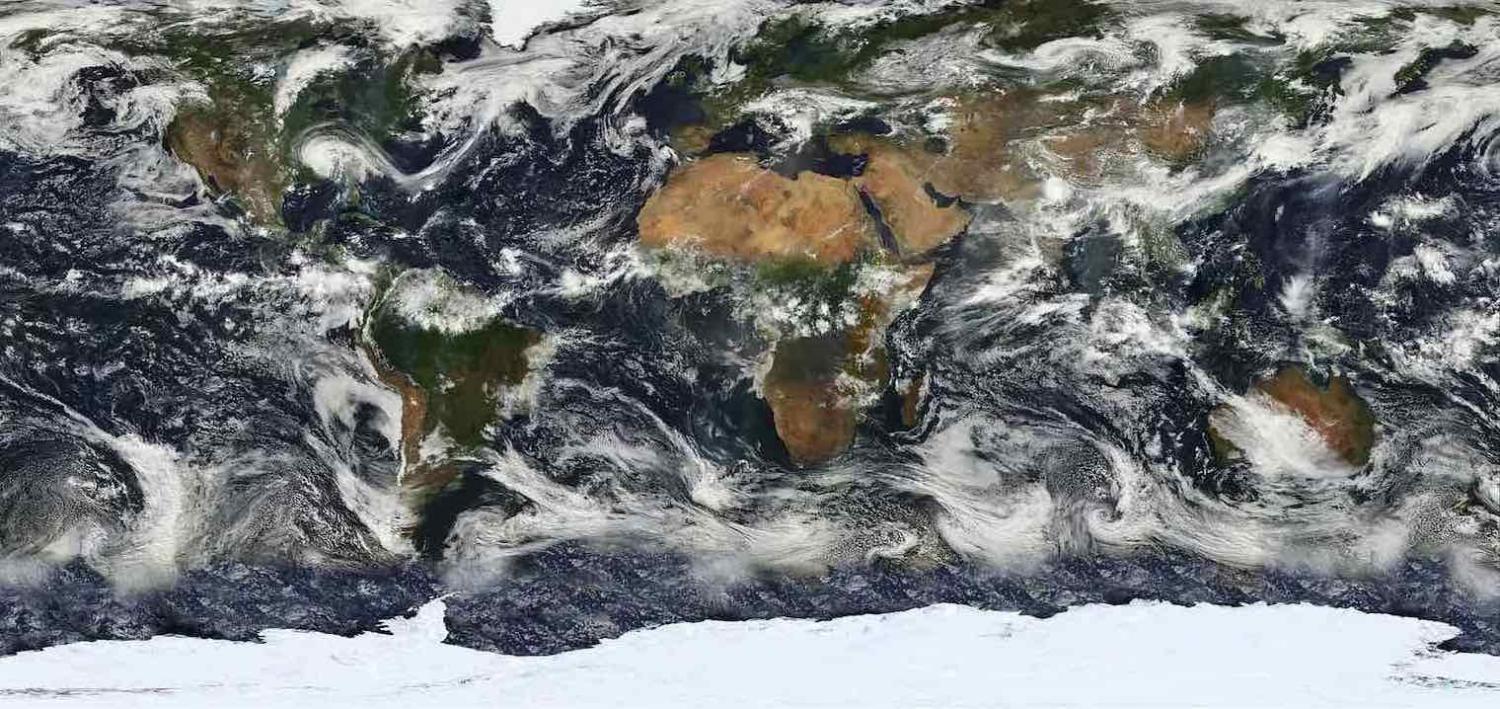Most discussion about Australian foreign policy inevitably revolves around questions of power and influence.
A quick peruse of The Interpreter turns up various pieces considering how Canberra has recently or might soon endeavour to influence a variety of different actors in world politics: be it convincing the Solomon Islands not to contract Huawei to build the nation’s new submarine internet cable; persuading Washington to remain engaged in Asia; pressuring China to adopt a different approach to dealing with certain citizens in Xinjiang; or changing the smoking behaviour of Indonesian citizens.
Such discussion about how Australia can exercise power in pursuit of its interests is important. Indeed, the Australian Government’s 2017 Foreign Policy White Paper emphasises the need to “maximise our national power and international influence”.
Despite seemingly broad consensus on this point, however, neither the White Paper nor commentators offer a clear articulation of what “power” means or how it might be “maximised”.
The fascinating Asia Power Index, recently launched by the Lowy Institute, offers one perspective by developing and aggregating 114 separate indicators to evaluate and compare the power of 25 states. While not explicitly endorsed by the Index’s authors, this methodological approach does imply one strategy for how Canberra might conceptualise and then pursue the White Paper’s objective: augment Australia’s material (e.g. reserve currency; embassies) and non-material (e.g. military alliances; Google interest) resources along many, or all, of these quantifiable dimensions.
However, as we highlight in our recent article in the Australian Journal of International Affairs, there are conceptual problems with evaluating power as the sum of a state’s resources.
First, unlike money in an economic transaction, power resources in political interactions don’t transfer easily across issue areas: nuclear weapons might help deter armed attacks, but they are unlikely to help a state negotiate a favourable trade agreement.
Second, possessing resources does not necessarily mean a state or other actor has the skill or motivation to deploy them effectively. Most importantly, the successful exercise of power requires far more than simply possessing resources. Said resources must be deployed against a specific target, in service of a specific objective.
Given this, when we read that the Index found Australia “punched above its weight” as the sixth most powerful nation in the region, we were left wondering: to get whom to do what, and how? Context matters.
In many ways, that the Index does not answer these questions is completely understandable – designing an analytical tool to evaluate the power of 25 states in specific contexts would be a gargantuan task. However, even the authors themselves define power as:
the capacity of a state or territory to direct or influence the behaviour of other states, non-state actors, and the course of international events.
To “maximise” Australia’s power therefore first requires specifying Canberra’s foreign policy objectives and those actors whose behaviour Australia needs to influence to achieve these objectives, and second requires thinking about the mechanisms through which resources can be used to change others’ behaviour.
In our article, we outline five “pathways” to power. The first is to coerce by threatening or imposing costs. The second is to induce or bargain, by promising or conferring benefits in exchange for behavioural change. Both coercion and inducement are intended to influence how a target evaluates the costs and benefits of different courses of action.
The third pathway we discuss, attraction or “soft power”, involves influencing a target such that they want what you want. Fourth, agenda-setting power, is exercised by manipulating institutional frameworks to enable, shape, or block certain actions in different international forums and issue areas.
Finally, there is the art of persuasion, or communicating information in order to convince a target that a given choice is the optimal or proper thing to do.
Such a conceptual framework can provide helpful insight into Australia’s present foreign policy challenges. Consider Canberra’s recent initiatives to respond to Beijing’s growing influence in the Pacific. Chinese company Huawei’s offer to fund submarine internet cables to the Solomon Islands and Papua New Guinea was turned down because, in the words of Foreign Minister Julie Bishop, Australia could “offer a more attractive deal” to these nations.
It is presumed that Canberra saw risks in having a company with ties to the Chinese government undertake this work, and acted accordingly. While the extent of China’s broader designs in the South Pacific remains unclear, conceiving of power as resources – in this case the ability to write a larger cheque – is not a sustainable strategy given Beijing’s far deeper pockets.
In the long run, if Australia is to exercise power effectively in this and other foreign policy domains, Canberra must concentrate on pathways where it has a comparative advantage. Persuasion and attraction in particular come to mind; however, these require sustained engagement that is respectful but persistent, especially through the building of interpersonal relationships and lasting connections at the political, bureaucratic, and civil society levels – a slow process that will not yield measurably positive outcomes quickly or easily.
Understanding how these pathways operate, and the conditions under which other actors will be receptive to them, is a first-order requirement for those policymakers given the job of “maximising” Australian power and influence.

